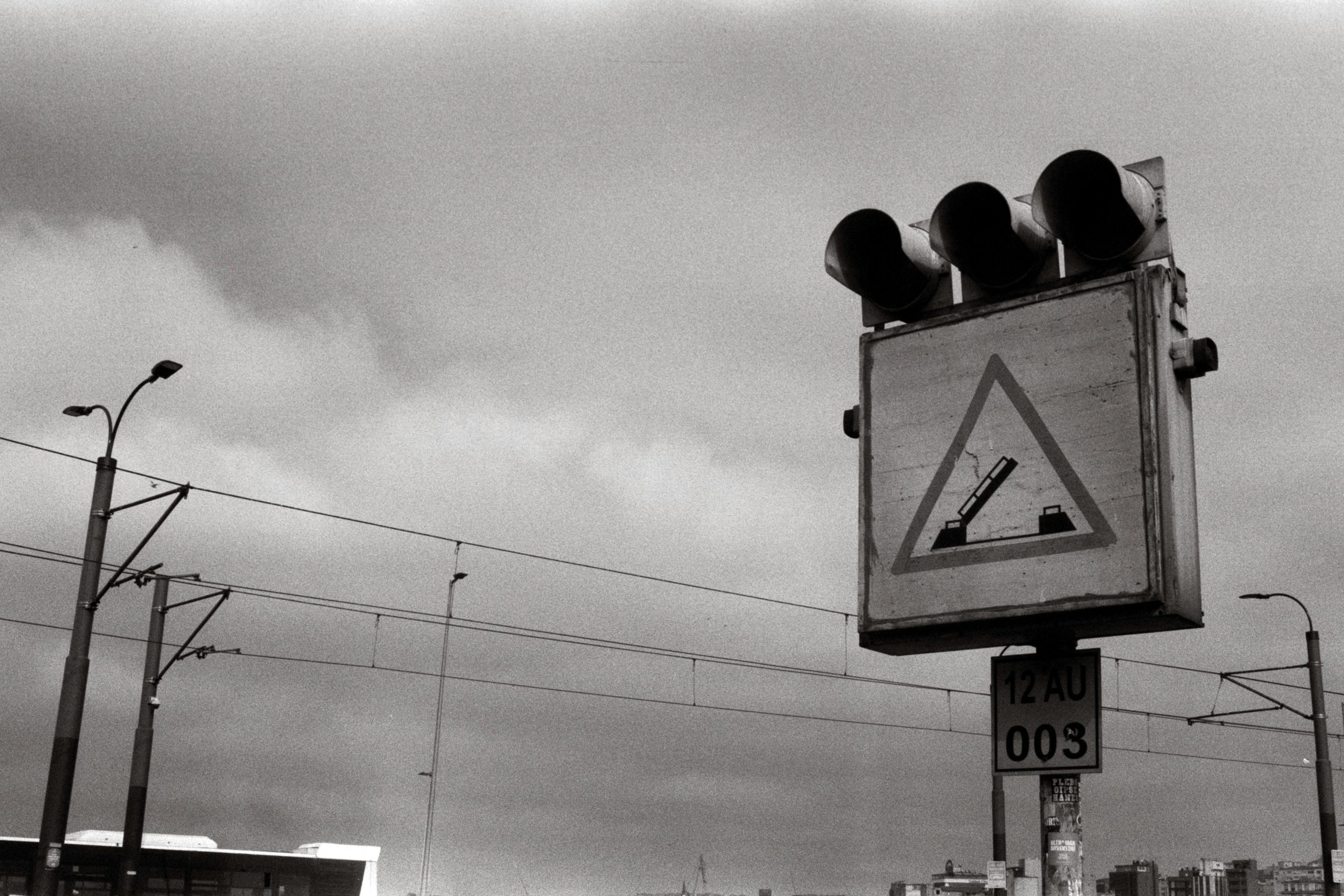Optimizing Connection Methods for Single Line-In Cinch in Audio Systems
When integrating new audio sources with existing amplifier or speaker setups, especially in event settings, understanding compatibility and connection techniques is essential for optimal performance. A common situation arises when a device features a “Line-in Cinch” input, typically associated with stereo inputs, but the incoming signal is mono or only requires a mono input. Here’s a comprehensive guide to help you make the best connection.
Understanding the Input and Output Specifications
In your scenario, the amplifier’s manual describes the input as a “Line-in Cinch,” which is commonly a RCA connector, often in pairs (left and right channels). However, your device only shows a single cinch port. This suggests:
- The input may be expecting a mono signal, which means it accepts a single channel rather than stereo.
- Alternatively, it might be a combined mono input, where the two stereo channels are summed internally.
Your new transmitter outputs a stereo 3.5mm jack, but since your microphone is mono, you’re right to assume that the two channels are identical or that only one channel carries the actual audio.
Best Practices for Connecting Mono to Stereo Inputs
1. Confirm Signal Type
- Check if the transmitter’s 3.5mm output is truly stereo or if it’s a mono signal duplicated across both channels.
- If possible, test the output with a stereo headset or an oscilloscope to verify.
2. Connection Options
- Using a Y-Splitter (3.5mm Female to RCA Male)
If the input is mono or designed for a single channel, you can:
- Use a 3.5mm (male) to RCA (female) Y-splitter, terminating in two RCA connectors (left and right), but only connect one side (preferably the “mono” side).
- Plug the single RCA into the amplifier’s “Line-in Cinch.”
-
This approach simplifies the connection, assuming the stereo output is identical on both channels, effectively passing the mono signal.
-
Using a Mono Adapter
Alternatively, you can purchase a 3.5mm mono plug or adapter that combines stereo channels into a single mono signal, then connect directly to the equipment’s RCA input.
3. Avoiding Signal Loss and Distortion
- If you want the strongest, clearest signal, consider an adapter that mixes stereo into mono instead of splitting. For example:
Share this content:



